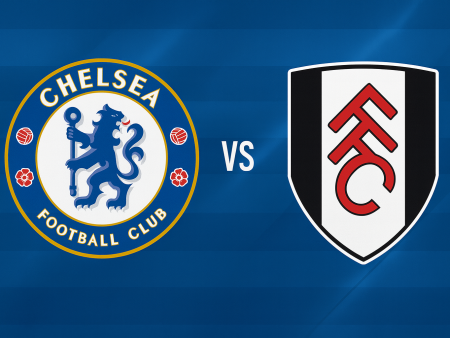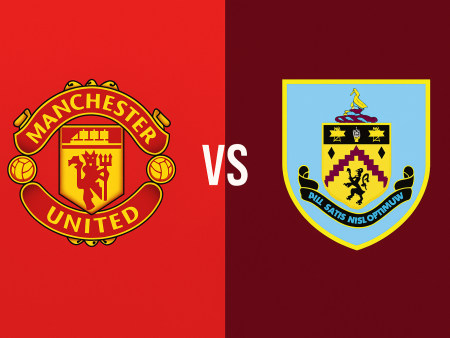Understanding the Importance of Logical Session Flow in Coaching
Effective coaching sessions hinge on more than just the activities chosen-how those activities are sequenced and connected can make the difference between a scattered experience and one that delivers clear, lasting learning for athletes. Crafting a logical session flow enhances engagement, reinforces learning objectives, and enables players to recognize the purpose behind each exercise.
Core Elements of a Well-Structured Coaching Session
Developing a coaching session with intentional flow requires attention to several essential components. Each phase in the session should serve a purpose and build on the previous one, guiding athletes from warm-up to skill development and culminating in practical application.
The typical session structure includes:
- **Warm-Up:** Encourages physical readiness and primes athletes for focused participation.
- **Technical/Tactical Drills:** Targets specific skills, techniques, or team strategies tailored to the session’s aims.
- **Conditioned Games:** Allows athletes to apply skills in realistic, game-like scenarios.
- **Cool-Down and Review:** Promotes recovery and offers an opportunity to reinforce key takeaways.
By ensuring each segment transitions smoothly, coaches help athletes connect the dots between warm-up, learning, and game performance.
Strategies for Building Seamless Session Flow
To maximize each coaching session, consider the following strategies to create clear and logical flow:
- **Begin With the End in Mind:** Define the desired outcome and structure activities to progress toward that objective.
- **Use Progressive Complexity:** Start with basic drills and gradually increase challenge or tactical complexity as athletes demonstrate proficiency.
- **Link Activities Thematically:** Align each exercise with the session’s main focus, ensuring transitions feel natural and purposeful.
- **Incorporate Reflection:** Ask players questions that encourage them to reflect on how each activity relates to game situations.
This systematic approach not only increases player understanding but also boosts motivation, as athletes can see the relevance of each drill.
The Role of Rewards and Positive Reinforcement
Recognition and rewards are vital in driving engagement throughout a training session. Offering positive feedback and celebrating progress reinforces effort and improvement, keeping athletes invested from start to finish.
Key ways to reinforce progress include:
- Acknowledging individual and collective achievements.
- Providing immediate, specific feedback that highlights improvement.
- Creating mini-challenges within drills to foster healthy competition and team spirit.
When players feel their growth is noticed, they are more likely to invest energy and enthusiasm into the session.
Practical Examples of Logical Session Flow
Let’s consider a practical session example for a youth soccer team focused on improving passing skills:
| Session Phase | Objective | Activity Example |
|---|---|---|
| Warm-Up | Prepare bodies and minds | Dynamic stretching, light jogging with passing |
| Technical Drill | Develop basic passing technique | Partner passing exercises |
| Tactical Application | Introduce passing in small groups under pressure | 3v1 or 4v2 keep-away game |
| Game Play | Apply passing in match conditions | Short scrimmage focusing on teamwork and quick passes |
| Review & Cool-Down | Reinforce key learning and facilitate recovery | Team discussion and static stretching |
This table demonstrates how each component of the session supports and transitions into the next, reinforcing the overarching goal.
Tips for Coaches Looking to Improve Session Flow
For coaches aiming to elevate their training delivery, focusing on session flow is a game changer. Here are key tips for improvement:
- Plan each session with clear objectives and logical progression.
- Observe athlete engagement-if energy or focus drops, adjust your approach in real-time.
- Gather feedback from athletes on what parts of the session felt most connected.
- Stay flexible and open to modifying activities to better meet session goals.
Conclusion: Enhancing Coaching Success Through Structure and Motivation
A thoughtfully constructed session with a logical flow not only improves athletic skill development but also heightens motivation and engagement. By combining sequential structure with meaningful rewards and feedback, coaches can foster deeper learning while building enthusiasm within their teams. Consistently applying these principles will set athletes-and coaches-on the path to continual improvement and success.













